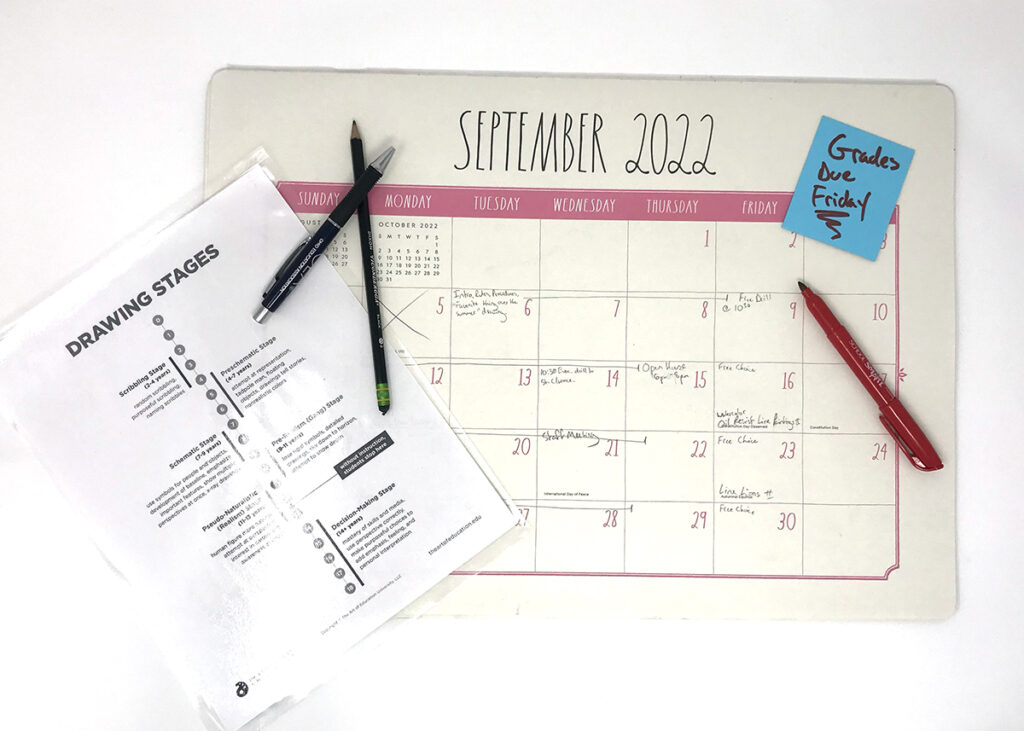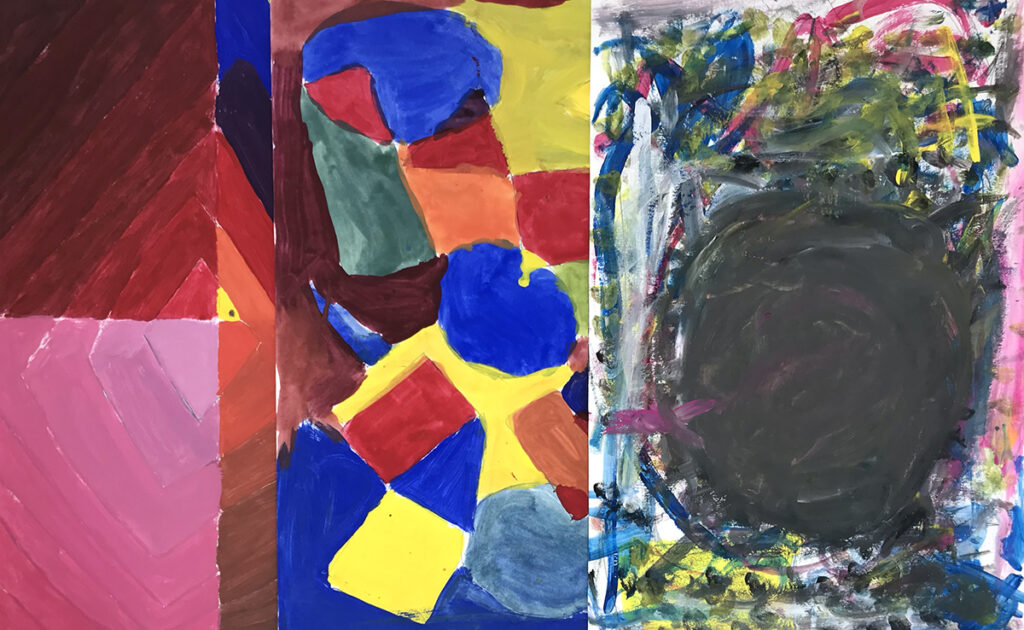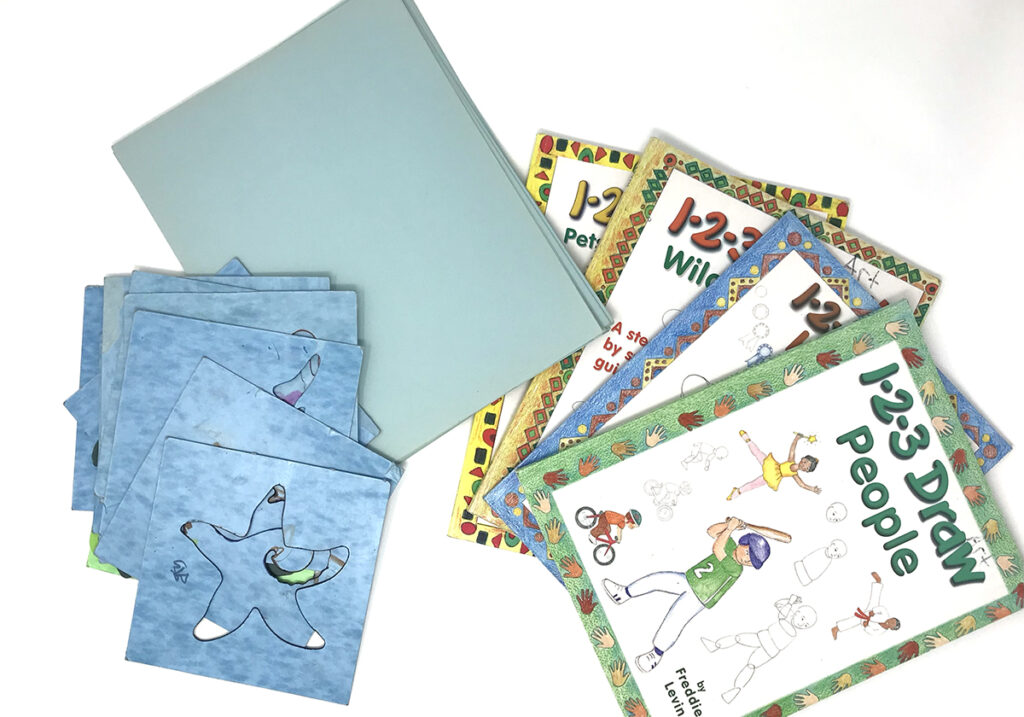As a skilled artist, it might be tricky to determine when a piece of artwork is completed. You can expend times, months, or even many years perfecting a get the job done of art. But, as art educators who work with tiny artists, shelling out decades on a person challenge is not an option, specially if you would like to deal with numerous techniques or topics.
Several variables contribute to the length of a venture, specifically in the wake of COVID-19 and technologies use. Learners enhanced their tech time and decreased their bodily action. This has led to a obvious modify in awareness span as nicely as drive. A contact to educators almost everywhere has been manufactured to get pupils more bodily active and emotionally and mentally secure and regulated. This signifies art can preserve the day! It is properly-investigated that artmaking has several physiological, psychological, and social advantages. Art can reduce blood tension, lower anxiety, promote brain progress, and give a feeling of social togetherness.
All that getting explained, how do we deliver a lesson to our learners in a well timed way that offers sufficient time for exploration and experimentation and is rigorous with ample articles to “chew” on? How do we harmony that with a lesson that doesn’t drag out and consequence in boredom and a decline of fascination? The solution is to preserve the adhering to things in brain: the developmental age of your students, the form of task you are generating, your routine, and any looming deadlines.
Let us seem at 4 critical spots to take into consideration when pinpointing the length of a project.

1. Age and Development
The initially significant thing to think about is to know the developmental age of your students. Referencing Viktor Lowenfeld’s Stages of Artistic Enhancement is probably just one of the greatest issues you can use! Commonly speaking, the youthful the pupil, the shorter the time body really should be for a task. For case in point, college students in the Scribble Stage may finish a challenge in 20 minutes and have to have another action to do afterward. On the other hand, a student in the Pseudo-Realism Stage might need to have quite a few days to complete a piece thanks to the level of element and system they need to go after their creative plans and meet the lesson’s objectives.
In this article are the phases at a look:
- Scribble Stage (ages 2–4)
- Preschematic Stage (ages 4–7)
- Schematic Phase (ages 7–9)
- Pre-Realism Stage (ages 9–11)
- Pseudo-Realism Phase (ages 11–13)
- Choice-Making Phase (ages 14 and up)
2. Kind of Task
Once the developmental age of your learners has been decided, assume about the style of project learners will develop. Consider sitting down and earning the undertaking your self initially to ascertain the troublespots and the most effective approach for the lesson. Retain track of how very long it can take you to complete an instance. Retaining your students’ developmental age in thoughts, you can make the call on how extended the challenge should really just take. This is a bit like backward style for lesson scheduling.
For example, if it took you 30 minutes as a skilled artist to make a portray, a 3rd grader in the Schematic Stage may perhaps need at least 60 minutes. Factor in finding pupils seated, training the lesson, handing out materials, and cleansing up at the finish of the period, and you may well be searching at needing 90–120 minutes. If you are new to training, this can consider some finesse and trial and error. But when you get the ball rolling and execute this style and design course of action a several moments, predicting the timing of a new lesson will occur far more in a natural way.
3. Your Program
As art instructors, time is constantly of the essence, and there by no means appears to be to be sufficient of it. Therefore, your schedule, period of time lengths, and class rotations considerably affect the size of your initiatives. Let’s say you see your elementary classes once a week for 50 minutes. If a paper sculpture lesson will just take the college students at least 120 minutes, you want to block out three artwork lessons. In your at the time-a-week program, that is technically a few months. This can seem like one particular working day for the introduction and partial establish, the 2nd day for the completion of the develop, and the past working day to add shade or finishing touches and mirror. Examine your distinct routine to crack down the diverse parts of your lesson.
4. Deadlines
In some cases, outside the house forces can decide how prolonged a undertaking is. Possibly the undertaking is element of a larger college party, like a faculty play. Maybe your administrator requests a job with a restricted deadline or you enter artwork into a school or statewide artwork present. Report cards and quality deadlines also enjoy a component. Therefore, have foresight for how extensive a job will get if you are making an attempt to involve it in just a specific grading window. It is normally ideal to give on your own a buffer for unpredicted or unforeseen situations like having unwell, surprise assemblies, or calamity times.
What about college students who still complete early?
Planning a job will take time, ahead-wondering, projection, and other multifaceted things to consider. But even the most strategic, methodical artwork teacher need to be organized for early finishers! You may possibly have a circumstance the place learners complete early on the closing day of a challenge, or complete courses are completing a projected 3-working day lesson in two days. Normally be well prepared with backup strategies. This will look distinct depending on the structure of your course and scenario.

Below is a checklist of strategies to enable you with early finishers:
- Incorporate embellishments to the work.
- Approach additional necessities. For instance, if the task was puppets, pupils can make a track record for the puppet employing cardboard and then script and carry out a course puppet display!
- Supply free decision stations like no cost attract, origami, how-to-attract books, coloring web pages, or these “Finish the Picture” prompts.
- Deliver age-suitable game titles or toys this kind of as plastic constructing bricks, blocks, puzzles, or perform dough.
- Permit tech time with a checklist of suitable websites for them to use. For illustration, students can generate things employing Canva, Tinkercad, or even Google Attract for some pleasurable digital artwork time.
- Assign particular work. Let’s experience it—there is often a ton to do, and learners love to assist!
- Verify out this Professional Pack, Approaches for Early Finishers.
- Hear to this podcast, “What Do We Do with Those people Early Finishers? (Ep. 015).”

Even nevertheless we face new issues in our write-up-COVID world, we can however approach significant artwork lessons to support our learners establish up lengthier notice spans. Retain the age and growth of your pupils in thoughts when building your lessons. Set oneself in their sneakers, use backward structure, and make task examples right before scheduling new substance. All over again, even if you execute your lesson prepare beautifully, there will be instances when flexibility is needed because of to unforeseen instances or the requirements of your minor artists. Just like we tell our students, embrace the blunders and use them to tell upcoming growth!
What improvements have you noticed in your courses pre- and put up-COVID?
How else do you determine how very long a undertaking should really be?




More Stories
Posting Learning Objectives in the Classroom is Still a Dumb Idea
Sales Build in November as Inventories Grow
A Two-Way Communication Tool for Teachers